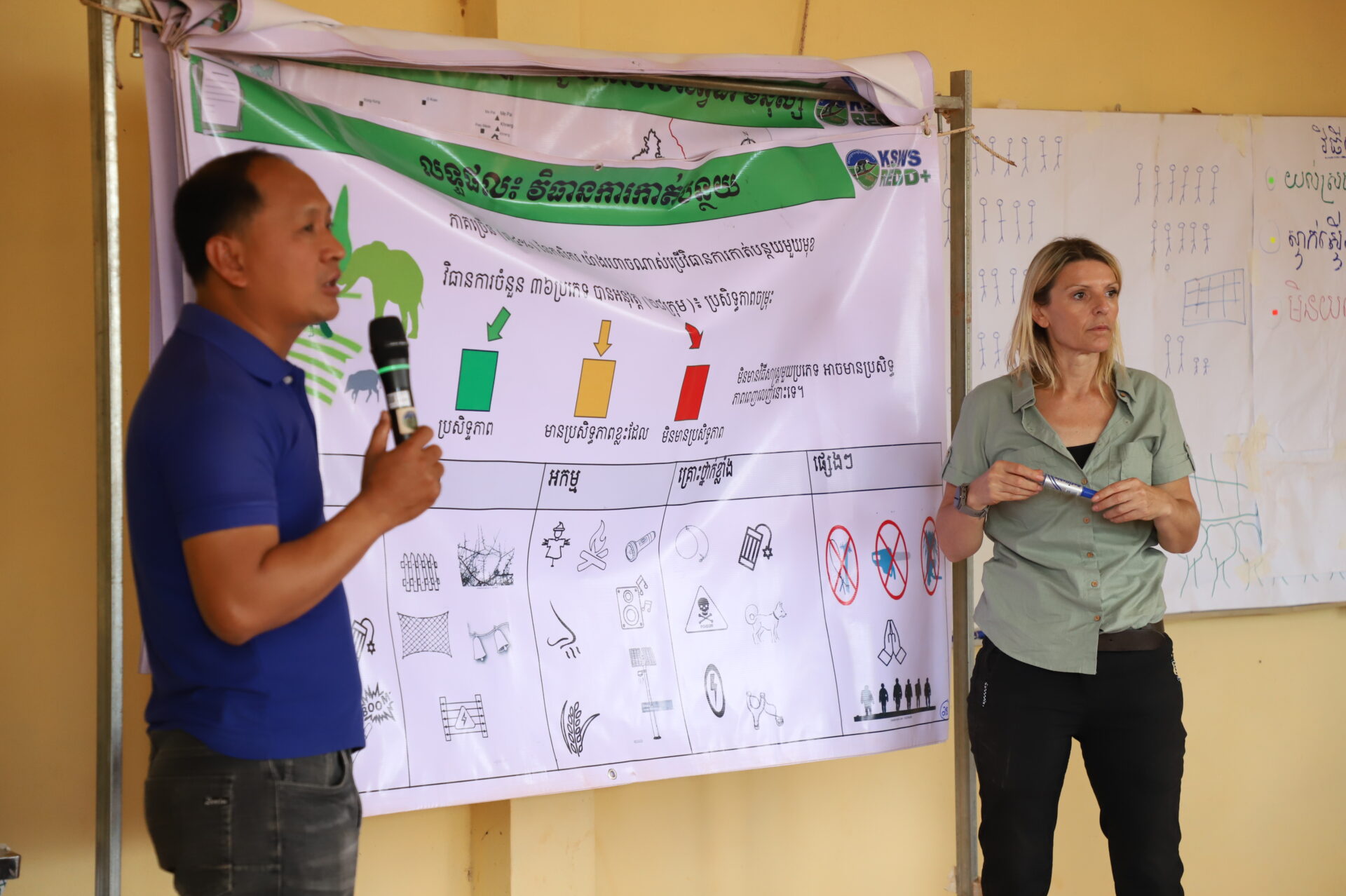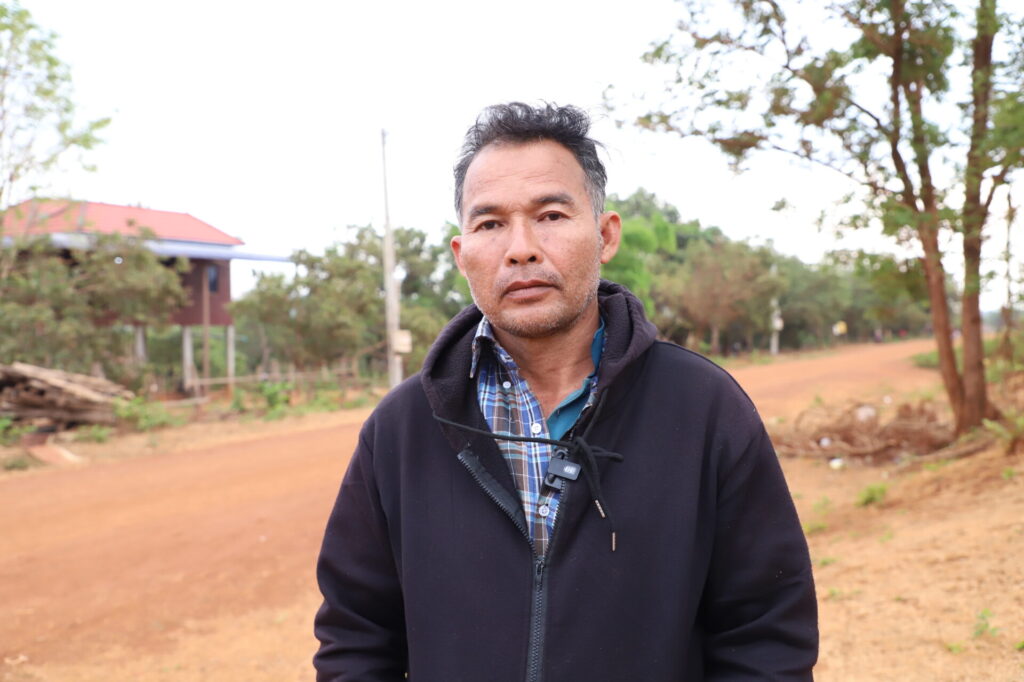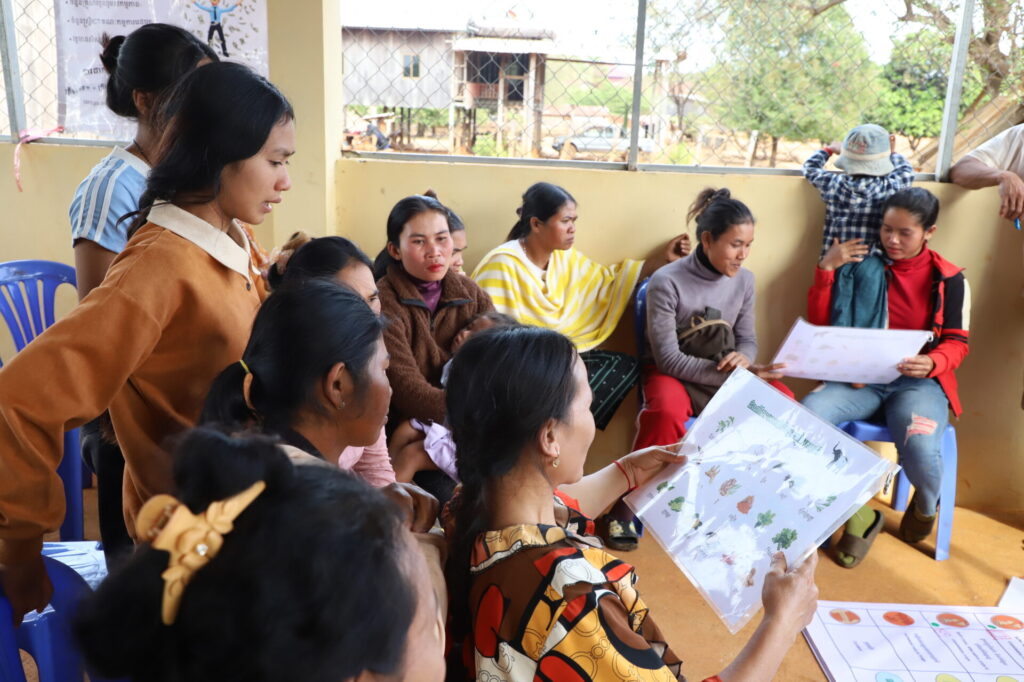In Cambodia’s Keo Seima Wildlife Sanctuary REDD+ Project, communities and conservationists are working hand-in-hand to build a future where people and endangered wildlife—especially Asian elephants—can live together in harmony. Through open dialogue, local wisdom, and creative solutions, a shared vision of human-wildlife coexistence is taking root in the forest.

In the heart of Cambodia’s eastern plains, the Keo Seima Wildlife Sanctuary REDD+ Project (KSWS) stretches across more than 317,000 hectares of dense forest. It is home to over 1,000 species, including 75 that are listed as Critically Endangered, Endangered, or Vulnerable on the IUCN Red list. Among them is the Asian elephant—a keystone species whose survival is tightly woven into the health of this ecosystem. Approximately 130 elephants live in KSWS REDD+ Project zone, representing nearly 20% of the national population.
As extraordinary as this biodiversity is, it also brings complex challenges. For elephants, whose daily needs include hundreds of kilograms of vegetation, widespread deforestation in Cambodia has forced them beyond their traditional ranges and into farmland. In recent years, local communities have reported frequent elephant incursions, with damage to crops, homes, and in one heartbreaking case, the loss of human life.

In January 2025, an Indigenous Bunong man was tragically killed by a wild elephant, sparking grief and conversation in the villages near the sanctuary. The event underscored the real and rising risks that come with living near shrinking wildlife habitats—and the need for long-term solutions rooted in empathy, collaboration, and mutual respect.
To respond to this concern, Wildlife Conservation Society (WCS) Cambodia has led a series of consultation meetings from January to March 2025 with communities from thirteen villages surrounding the KSWS REDD+ Project. The gatherings invited community members to share their experiences and ideas under the theme “Living Alongside Wildlife in Keo Seima Wildlife Sanctuary.” The response was powerful. Villagers spoke openly about their concerns , and their hopes for peaceful cohabitation.
“This consultation meeting is very beneficial for communities because we really need a solution,” said Sin Chong, a local farmer whose fields have been damaged by elephants. “I want both communities and elephants to live harmoniously.” He added, “I think the natural habitat that elephants usually live in has been lost. For example, the area from Snoul district, right outside of Keo Seima, used to be a large forest—but not anymore.”
Another community member, Pyan Beir from Pu Trom village, shared her compassion for the elephants: “I feel sorry for the elephants. Because of the habitat fragmentation, they have to search for food in new areas where they will encounter humans.”


The input gathered during these consultations is now guiding the development of practical, community-informed mitigation measures. Among the ideas being discussed are the creation of buffer zones between farms and elephant habitat, the establishment of wildlife corridors, growing non-palatable buffer crops, and the use of innovative deterrent tools such as olfactory barriers, camera traps, electric fencing, and tripwire systems. Local elephant watch groups are also being considered as a way to increase early detection and safety.

These efforts are not just about reducing conflict—they’re about nurturing a future where humans and elephants can coexist in a shared and sacred landscape. For the Bunong people, who hold deep animist beliefs, elephants are more than wildlife—they are spiritual beings, woven into the fabric of their cultural identity and connection to the forest. Beyond their symbolic importance, elephants are vital to the ecosystem. Through their movements, they disperse seeds, regenerate forest growth, and maintain the natural balance of the landscape, supporting countless other species—including our own.
Living in harmony with wildlife in the face of deforestation and forest degradation is not a simple path. It demands patience, understanding, and a deep commitment to shared responsibility. In the KSWS REDD+ Project, the voices of the community are showing that this path is not only necessary—it is possible. With continued dialogue and cooperation, a vision of coexistence is emerging, where both people and wildlife can thrive in the forest they call home.

